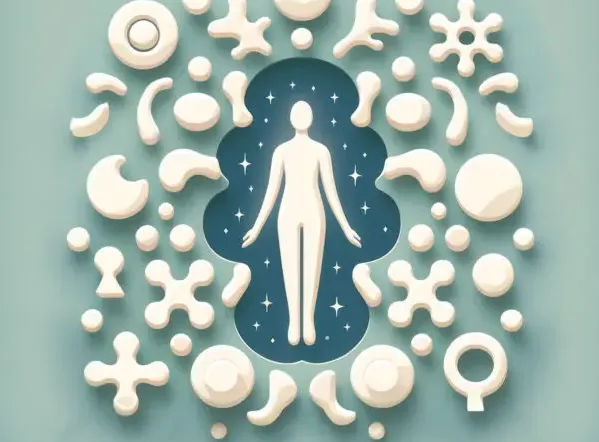
Do You Let it Bleed?
Compartmentalizing has never been my strength. It takes a lot for me to wall off my “bad” feelings and thoughts from my upbeat ones. Sadness and anger and fear leak. They bleed.
That is why Internal Family Systems has been such an inspiration. IFS teaches that there are no bad parts to a human psyche. Each of our parts, even the sad and angry and fearful ones, is useful in its own way.
When we see them as separate from our true Self, they have so much life-expanding wisdom to give us.
Angie was more than a coach; she was also a therapist. She listened without judgment and taught me to talk to each part, understand their perspectives, and appreciate their contributions. - Meredith C.
Especially if we stop walling them off, shutting them up, locking them into compartments without oxygen.
The first task of IFS is unblending. With unblending you stop being identical with a part—let’s say sadness—so you can observe it as its own entity, and even show it some love.
My sadnesses—over war, a loved one’s illness, the loss of my mother—these are all parts of me. But they are not my soul or, as IFS calls it, my Self.
Recognizing these parts as distinct allows me to develop an affectionate and attachment focused relationship with them.
When I am not consciously unblending, a feeling can take over. “I have a sad part” turns into “I am sad. I am sadness itself.” Suddenly food doesn’t taste good anymore, my favorite sport is a drag. The sadness suffuses first me, then the whole world.
That is why I have a daily unblending practice. I find it social and interesting and productive. It’s a kind of family meeting. Self’s at the head of the table, a calm and creative presence. And there’s heartbreak, grief, anxiety.
And they have so much to share.
